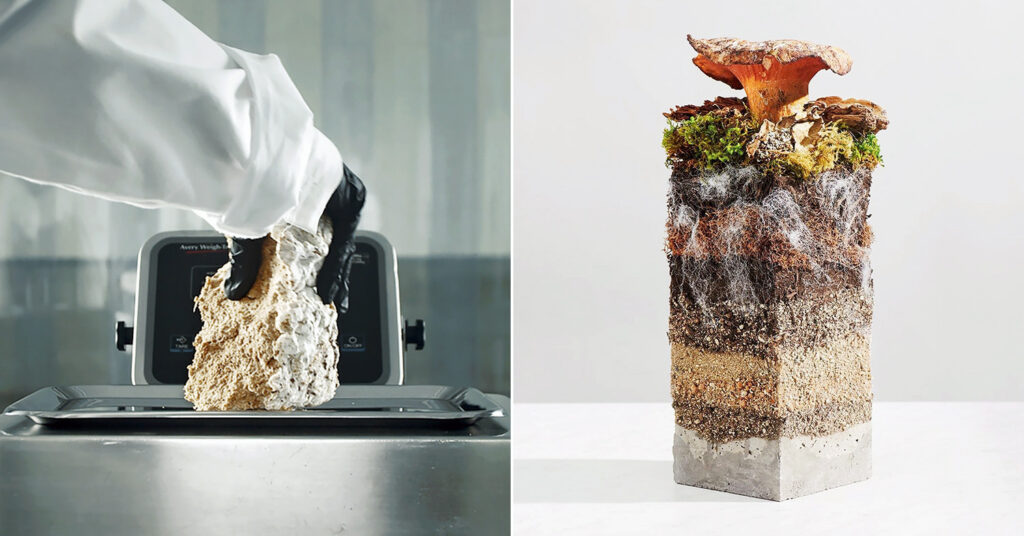Before he was the “godfather of cultured meat,” Willem van Eelen, who was born in the Dutch East Indies, was a prisoner at a World War II Japanese camp. After the Japanese surrendered, he moved to the Netherlands and started medical school. It was there where he met researchers working to create skin for burn victims by growing cells in a tank. Inspired by his first-hand experience with starvation as a prisoner of war, he asked if this could be done with food, too.
Eelen struggled to find investors in his idea in the following years, but was eventually able to file his first of several patents in 1994. It took more than four decades for Eelen’s idea to come to fruition, because funding, research, and development moves much slower than the most ambitious of ideas. Van Eelen passed away in 2015, so he was never able to see cultured protein pilot plants open up in 2021, nor was he able to see the world’s biggest meat company buy its way into the market. But if he had, we bet, like us, he would be inspired and optimistic about the future of food technology.
Cultured protein is just one area that got us excited about tech that could help make the world more sustainable. Read on to learn more about why we hyped mushrooms, were fascinated by lab-grown fur, and obsessed over fermentation technology that could replace chicken eggs.

Mushrooms are the future of everything
Meat. Leather. Packaging. Building blocks for homes. All made from mushrooms. In a broad sense, that is. Mycelium, a web of filamentous roots that are part of a fungal organism (mushrooms are just the reproductive structure of this), have the ability to be formed into various commodities, like the aforementioned.
What makes it so great? Mycelium grows fast and requires less space and fewer resources than turning a cow into a burger or a leather handbag. So, proponents of myco-tech hail it as one of the many ways we can transition to a more sustainable way of replacing emissions-heavy products such as meat or leather. This year, designer Stella McCartney also showcased garments made from mycelium leather made by biotech firm Bolt Threads, which has also attracted the attention of Adidas and luxury group Kering.

The world’s biggest meat company looks to slaughter-free meat
Brazil-based JBS now holds a majority stake in BioTech Foods, a Spanish startup that produces protein grown from real animal cells. Using this technology, JBS intends to launch cultured hamburgers, steaks, sausages, and meatballs. The meat giant is also opening a cultured protein research and development center in Brazil next year. Though BioTech Foods’ annual production capacity is small compared to how many pounds of animal protein JBS produces in a year, the possibilities of this acquisition are especially significant because of the meat company’s links to Amazon rainforest deforestation.

Lab-grown fur could disrupt luxury
Amsterdam-based startup Furoid has taken the first steps towards a lab-grown fur future. This year, it revealed that it had produced collagen integrated with hair follicles. The process works similarly to how cultivated meat is made: you need cells from a real animal (for example, mink, which would be obtained through biopsy). These cells are then fed nutrients and cultivated, while tissue that replicates the particular thing you want to make, grows. In Furoid’s case, it bioprints (it’s like 3D-printing, but with cells) the fur follicles.
This technology could extend to other animal-based materials. Furoid is also capable of creating lab-grown wool, which is grown in bioreactors (the way that most cultured meat companies do it). And San Jose, California-based VitroLabs Inc is looking to grow leather from a single cow biopsy.

Stretchy vegan cheese
Often, plant-based food brands improve their formulas so their product better mimics the animal food it’s out to replicate. For example, both Beyond Meat and Impossible Foods have replaced their original burger recipes with something that tastes a little beefier. The same has happened with dairy-free cheesemakers, like Follow Your Heart.
Why this is cool: ingredients companies could help alternatives across all categories get even better. Think vegan mozzarella sticks that have that photo-worthy stretch. Motif FoodWorks, which makes ingredients specifically for the plant-based food industry, thinks that a little thing called “zein” is the answer. Zein is a byproduct of wet milling corn that takes on elastic properties when heated—the idea is that when added to vegan cheese, it’ll help create some serious stretch.

Vegan eggs keep getting better
As good as aquafaba is for making meringue and lightening up the texture of baked goods, it doesn’t have the same structural integrity as egg whites. Example: several members of the niche Facebook group Aquafaba, Vegan Meringue – Hits and Misses!, have successfully baked a vegan angel food cake. (The traditional recipe relies heavily on egg whites. Alton Brown’s recipe calls for 12 of them.) But, many have faced the dreaded collapsed cake. Food tech can solve that problem with egg-identical proteins that were fermented in a lab.
On the savory side of things, we’re seeing things like vegan hard-boiled eggs, whole vegan eggs, scrambled eggs made by Japan’s top mayo brand, and more.


